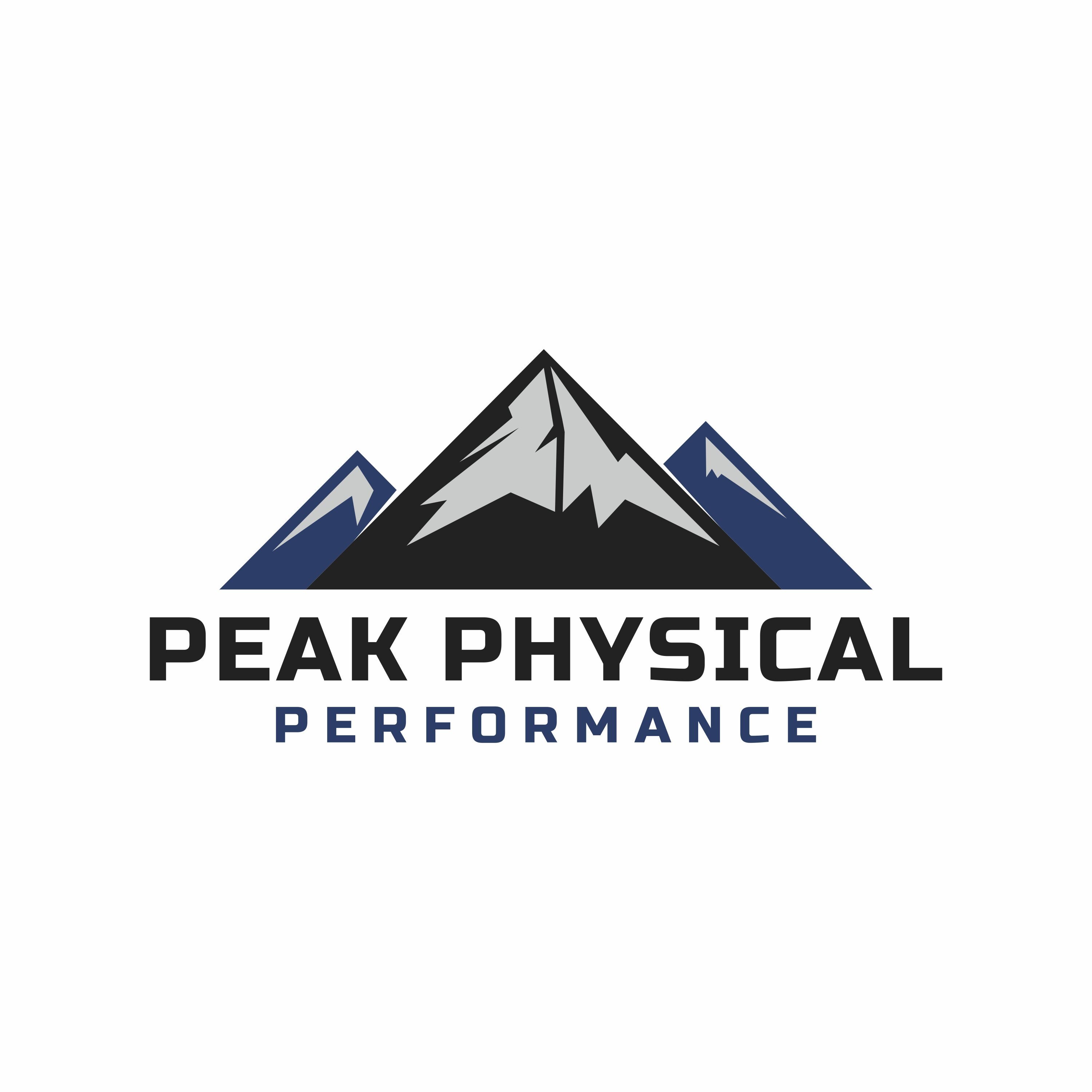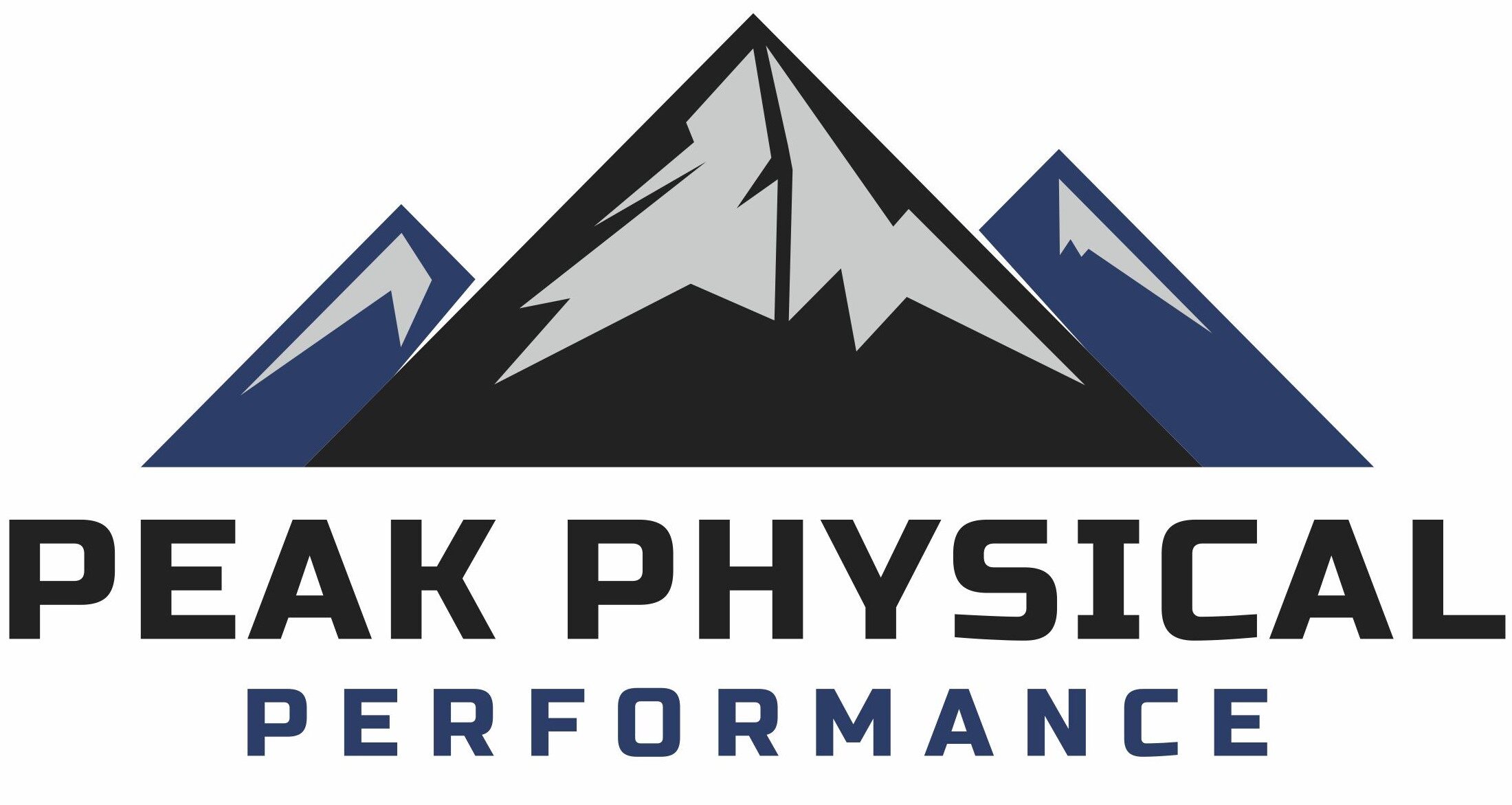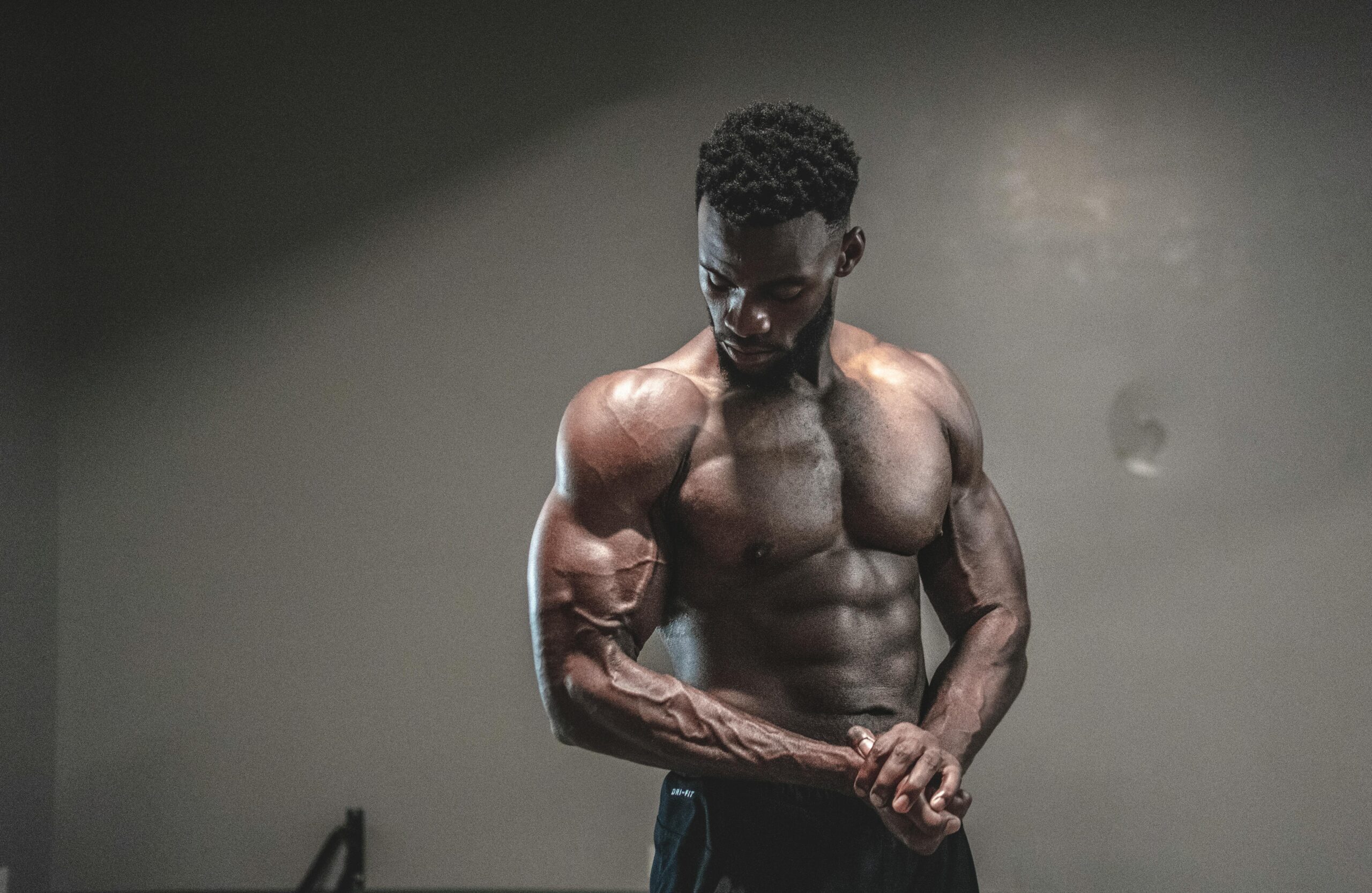Building muscle is a goal pursued by many fitness enthusiasts and athletes alike. While the process might seem straightforward—lift weights, eat protein-rich foods—there’s a fascinating array of physiological mechanisms at play that contribute to muscle growth. Let’s delve into the science behind how muscle is built.
- Resistance Training Stimulates Muscle Growth: At the core of muscle building is resistance training, which involves subjecting muscles to progressively heavier loads over time. This form of exercise induces microscopic damage to muscle fibers, triggering a cascade of biological responses aimed at repair and adaptation [1]. Key to this process is the activation of satellite cells, specialized muscle stem cells that play a crucial role in muscle repair and growth.
- Protein Synthesis and Muscle Repair: Following resistance training, the body initiates protein synthesis, the process through which new muscle proteins are created [2]. This repair process not only restores damaged muscle fibers but also adds new contractile proteins, leading to muscle hypertrophy—the increase in muscle size and strength. Adequate protein intake, particularly in the form of essential amino acids, is essential to support this muscle repair and growth process [3].
- Hormonal Regulation: Several hormones play pivotal roles in muscle building. Testosterone, for instance, is a key hormone involved in muscle protein synthesis, promoting muscle growth and strength [4]. Growth hormone and insulin-like growth factor 1 (IGF-1) also contribute to muscle hypertrophy by stimulating protein synthesis and inhibiting protein breakdown [5]. Moreover, cortisol, often dubbed the stress hormone, can have both positive and negative effects on muscle growth depending on its levels and timing.
- Rest and Recovery: Contrary to popular belief, muscle growth doesn’t occur during workouts but rather during periods of rest and recovery. Adequate sleep, nutrition, and sufficient time between training sessions are critical for maximizing muscle growth [6]. During rest, muscles repair damaged fibers, replenish energy stores, and adapt to the stressors encountered during training, ultimately leading to increased muscle size and strength.
Muscle building is a multifaceted process governed by intricate physiological mechanisms. From the initial muscle damage induced by resistance training to the subsequent protein synthesis and hormonal responses, every step contributes to the gradual accumulation of muscle mass and strength. By understanding the science behind muscle building and implementing evidence-based training and recovery strategies, individuals can optimize their efforts and achieve their fitness goals more effectively.
References:
- Schoenfeld, B. J. (2010). The mechanisms of muscle hypertrophy and their application to resistance training. Journal of Strength and Conditioning Research, 24(10), 2857-2872.
- Phillips, S. M. (2012). Nutrient-rich meat proteins in offsetting age-related muscle loss. Meat Science, 92(3), 174-178.
- Morton, R. W., et al. (2018). A systematic review, meta-analysis and meta-regression of the effect of protein supplementation on resistance training-induced gains in muscle mass and strength in healthy adults. British Journal of Sports Medicine, 52(6), 376-384.
- West, D. W., & Phillips, S. M. (2010). Anabolic processes in human skeletal muscle: Restoring the identities of growth hormone and testosterone. The Physician and Sportsmedicine, 38(3), 97-104.
- Kjaer, M. (2004). Role of extracellular matrix in adaptation of tendon and skeletal muscle to mechanical loading. Physiological Reviews, 84(2), 649-698.
- Fullagar, H. H., et al. (2015). Sleep and athletic performance: The effects of sleep loss on exercise performance, and physiological and cognitive responses to exercise. Sports Medicine, 45(2), 161-186.



Comments are closed